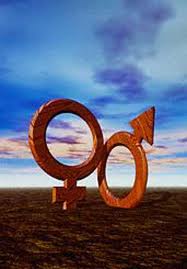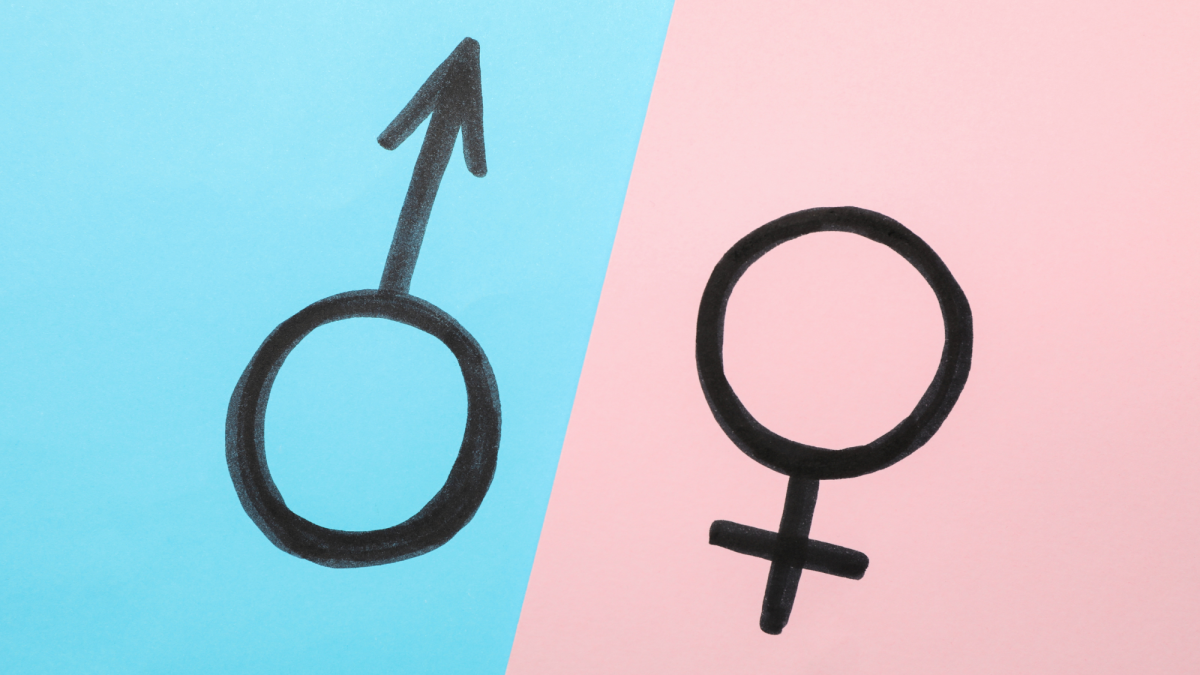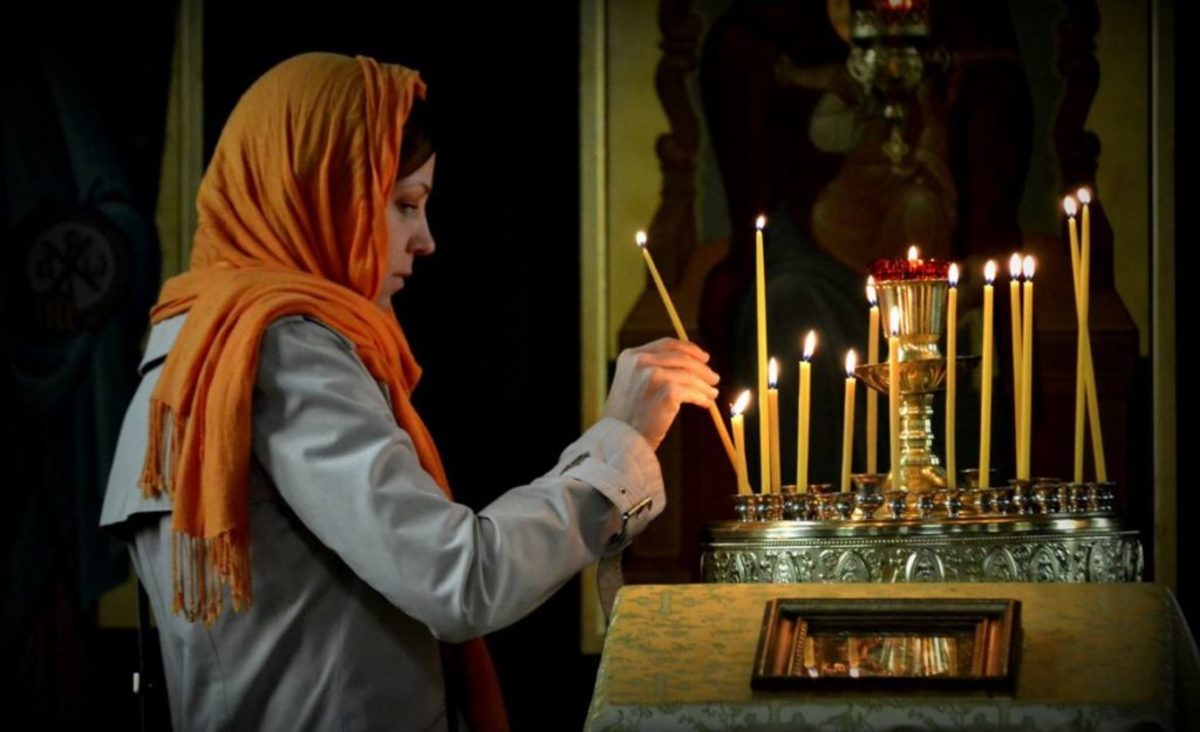Gender and Asceticism in Early Christianity: An Ambivalent Relationship

Theodoret, in The Religious History, introduces his section on female ascetics by saying that they “are worthy of still greater praise [than the male ascetics], when, despite having a weaker nature, they display the same zeal as the men and free their sex from its ancestral disgrace” (29:1). This short sentence reveals a great deal about the relationship between gender and asceticism in early Christianity. While it points to a rare opportunity for honor and distinction that asceticism afforded women, it also demonstrates that this distinction did not transcend traditional gender conceptions. In fact, by taking for granted the “weaker nature” and “ancestral disgrace” of women, this text actually reinforced negative gender tropes. Similarly, in Anastasia, an abbess (whose name, notably, is not provided) says to Abba Daniel of Sketis, “We are weak women” (Holy Women of the Syrian Orient, 144). Thus asceticism, and the discourse surrounding it, had an ambivalent and contradictory relation to gender, serving both to give women a source of identity and prominence not provided within conventional social roles, and to reinforce the gender conceptions that so limited the range of female identities to begin with.
There can be no doubt that the ascetic lifestyle gave women an opportunity for glory not otherwise available in a society that viewed women as little more than “sexual and domestic beings” (Clark, Women and Asceticism in Late Antiquity, 38). Perhaps the honor given to female ascetics was, in part, a natural outgrowth of the deeply entrenched Christian tradition of venerating Mary, the “perpetual virgin”. Theodoret hints at the connection between Mary veneration and the honor given to female ascetics, saying “From the time when Christ the Master honored virginity by being born of a virgin, nature has sprouted meadows of virginity . . . not separating virtue into male and female” (The Religious History 30:5). Jerome takes this a step further, saying, “You, too, can be the Lord's mother” (Letter to Eustochium 38). This illustrates well my argument that the discourse of female asceticism, even while honoring women, reinforced rather than transcended traditional gender constructions. Jerome's language here frames the honor given to female ascetics within a maternal role. Next, somewhat disturbingly, he frames it within a nuptial role, saying, “He [your Son], grows to manhood, and . . . regards you no longer as his mother but as his bride” (Letter to Eustochium 38). So the domestic roles of wife and mother are symbolically preserved as the source of female honor.
This contradictory relationship between gender and asceticism was not limited to the discourse of asceticism, but can also be seen in ascetic ritual. Speaking of the ritual of velatio, the veiling of virgins, Ambrose mentioned the “fatherly affection” (De institutione virgini, quoted by David Hunter in Rereading the Jovinianist Controversy, 127) he felt while presenting a virgin as Christ's bride. While female virgins thus consecrated were deemed to rank at the top of an ascetic hierarchy, it is obvious that this ritual would have used the ascetic hierarchy to bolster the power and enlarge the role of the ecclesiastical hierarchy, which was still male-dominated. As Hunter suggests, while enhancing the status of the virgin, this ritual could also “serve to enhance the authority of the bishop” (Rereading the Jovinianist Controversy, 127). Notably, the ritual of velatio also symbolically framed the honor given to female ascetics within the traditional familial and domestic roles of daughter and bride. As a girl was subject to her father, a consecrated virgin, by symbolically playing the role of the bishop's “daughter”, indicated her submission to male ecclesiastical authority.
The expectation that female ascetics should submit to male clergy can likewise be seen in the writing of Augustine. Although Augustine expected nuns to obey their female superior, she, in turn, was to be subject to a priest, referring “matters which exceed her competence and power to the priest who has greater authority over you” (Obiurgatio 7:1-2, emphasis added). Additionally, the relationship between Augustine himself—a male bishop laying down a rule of life for a convent of nuns—and the nuns illustrates the subordinate relation of these female ascetics to male clergy.
Occasionally, the charismatic authority of female ascetics did seem to trump the authority of the clergy, at least among the populace. The opponents of the sisters Mary and Euphemia said, “The citizens revere and honor them more than the bishops” (John of Ephesus, Lives 12, in Holy Women of the Syrian Orient, 131). However, although the populace may have sometimes sided with female ascetics, the clergy had the power of imperial backing, and so often would have had the final say. In the story of Mary and Euphemia, the ecclesiastical authorities are able to imprison and then exile the sisters (p 131).
Finally, Gregory Nazianzus' Funeral Oration on his Sister Gorgonia clearly illustrates the ways in which the discourse of asceticism, while providing female ascetics with a certain distinction, simultaneously maintained the status quo. For example, he begins by characterizing his sister as noble, a distinction that depended “not on blood but on character” (Funeral Oration, 7). The first aspect of this character that Gregory describes, however, is his sister's modesty and lack of bodily adornment (8, 10). Modesty is not something generally focused on in accounts of male ascetics, but for ascetic women, “their bodies become . . . both the location and the symbol of a religious self” (Miles, Becoming Male, 54). This is reminiscent of the account of Perpetua's martyrdom, in which the male redactor draws attention to her body and her modesty (The Martyrdom of Perpetua and Felicitas, 20). This common thread in the eulogy of a female ascetic and the account of a female martyr should not be surprising, as both types of figures represented the paradoxical “female hero” or “female holy person”; the society had no cognitive schemas within which to incorporate such phenomena. See, for example, Miller's characterization of such terms as “grotesqueries” (Is There a Harlot in This Text, 90-91).
Having praised Gorgonia's modesty, Gregory next lauds her silence. He says that despite her wealth of divine knowledge, she, by refraining from speaking of these things, confined “herself within the due limits of women” (Funeral Oration, 11). So while praising his sister's virtue, Gregory automatically praises the same male-dominated ideal promoted by the author of the pastoral epistle 1 Timothy, who says, “I do not allow a woman to teach” (1 Tim. 2:12).
In conclusion, I will argue that what Miles said of female martyrdom narratives also holds true for accounts of female ascetics: “Respect and esteem for women martyrs vies with textual interest in their bodies or concern to establish the inferiority of their sex, disclosing male confusion and conflict over heroic Christian women” (Becoming Male, 57). Indeed, early Christian ascetic texts reveal that both ascetic discourse and ascetic practice in Late Antiquity, while granting women a measure of prominence not typically available otherwise, simultaneously maintained a male-dominated hierarchy both by reinforcing negative gender conceptions and by using female distinction as a mere means to the end of greater male ecclesiastical distinction. Even Jerome, not himself a bishop, seems to have used the female ascetics whom he mentored as a means of establishing his own authority largely beyond the ecclesiastical structure. The discursive traditions of the pre-Constantinian Christian church had institutionalized charity as a theory and practice revolving around the newly constructed subjectivity of the “sufferer” (Perkins, The Suffering Self, 8-9). The ascetic identity was, in one sense, a continuation of this trend. The discourse of male leaders like Ambrose, Jerome, and Augustine fueled the creation of the new subjectivity of “ascetic”. Moreover, as the pre-Constantinian church had enlarged its role and bolstered its power by assuming responsibility for the sufferers it had helped to define (Perkins, The Suffering Self, 9), so the ascetic fathers sought, to whatever extent possible, to subsume the tasks of overseeing, mentoring, and edifying ascetics into the realm of their own responsibility and authority.








